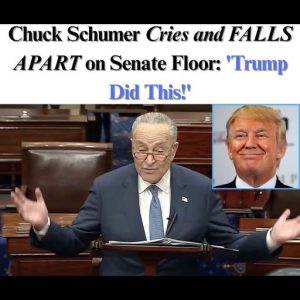The White House is promoting a new economic report projecting that the average taxpayer will receive a $3,752 tax cut in 2026 due to provisions in the One Big Beautiful Bill Act (OBBBA). The analysis, conducted by the nonpartisan Tax Foundation, finds tax reductions in every state, though the benefits vary significantly by geography. White House officials, including Deputy Press Secretary Anna Kelly, have hailed the bill as a historic middle-class tax relief measure.
The OBBBA makes permanent several provisions from the 2017 Tax Cuts and Jobs Act, including reduced tax rates, the $15,000 standard deduction, the $2,000 Child Tax Credit, a 20% deduction for small business income, and a cap on the mortgage interest deduction. Additionally, it locks in major business tax breaks such as full write-offs for capital investments, expanded interest deductions, and immediate deductions for research expenses.
New temporary provisions were also introduced and are set to expire in 2030. These include a $6,000 deduction for seniors, quadrupling the state and local tax (SALT) deduction cap, and capped deductions for tips and overtime pay. Single filers can deduct up to $25,000 for tips and $12,500 for overtime. These measures aim to further reduce the tax burden on working-class Americans.
According to the Tax Foundation, these combined changes are projected to generate 938,000 full-time jobs in the long term. The largest average tax cuts will be seen in states like Wyoming, Washington, and Massachusetts, while West Virginia and Mississippi residents will see the smallest reductions. Resort towns will benefit the most, with rural areas seeing fewer gains.
Despite taxpayer benefits, the Congressional Budget Office warns the plan could worsen fiscal stability, projecting a $4.1 trillion increase in the national debt by 2034. Critics argue the lost revenue could strain future government programs.
Commerce Secretary Howard Lutnick added that Trump has expressed interest in eliminating income tax for those earning under $150,000, shifting back toward a tariff-based funding model. Trump says this approach could restore national prosperity and reduce reliance on direct income taxation.




